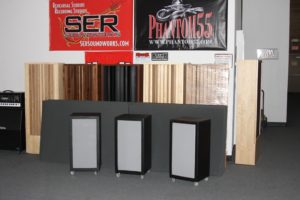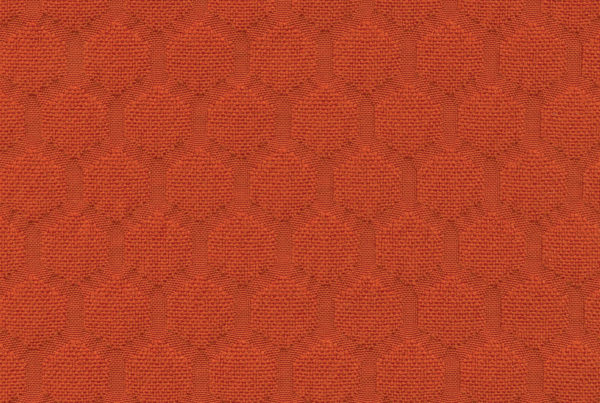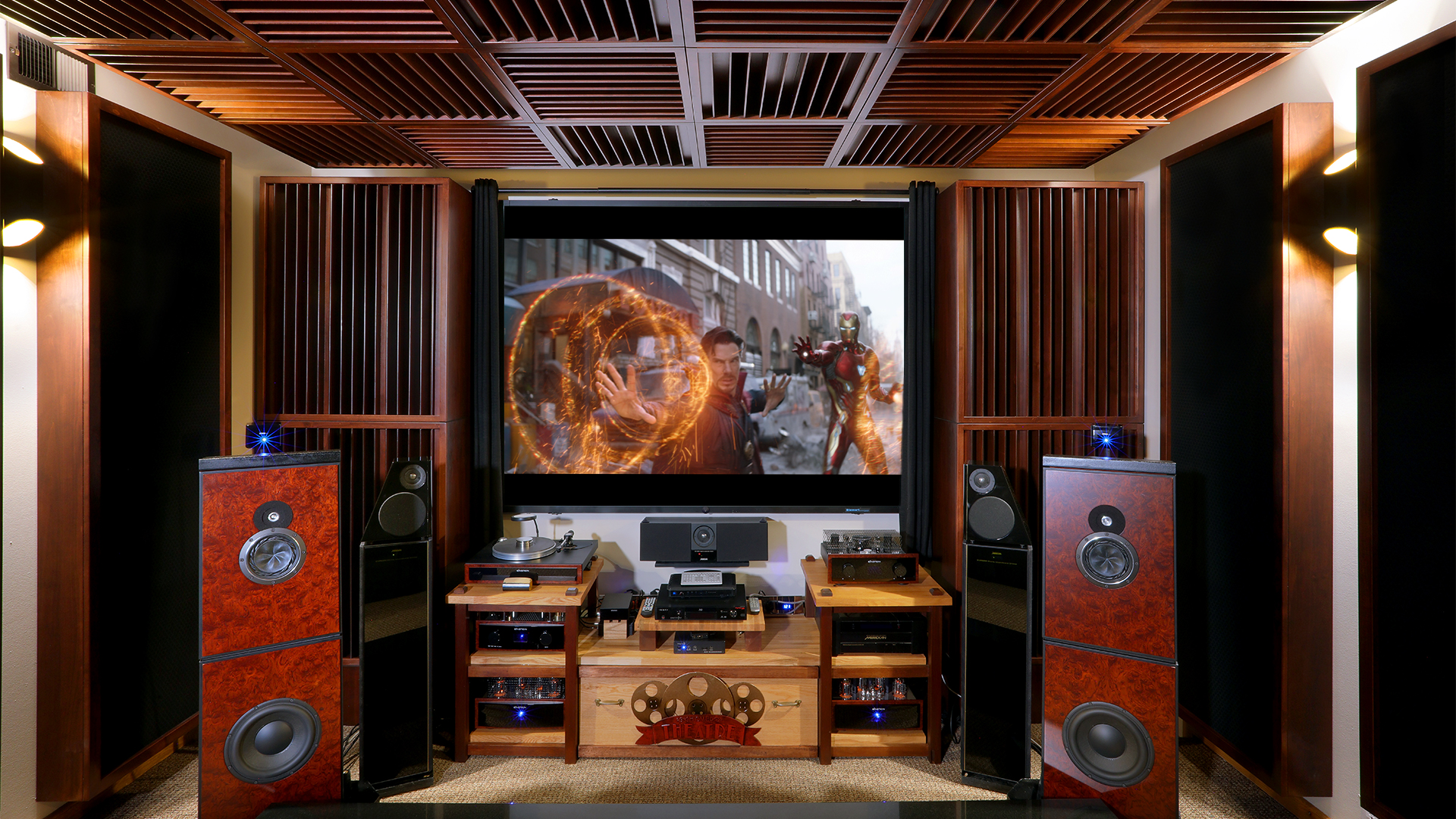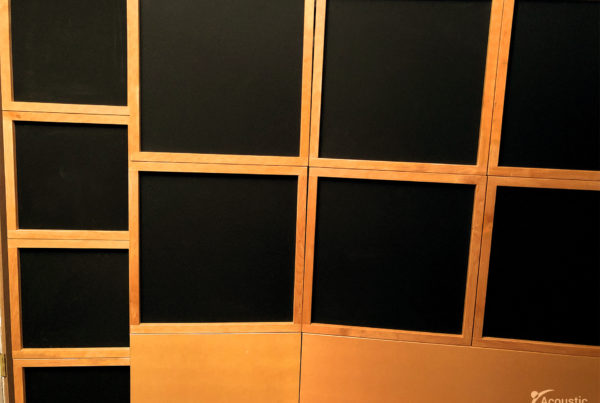Recording Studio Issues
Most of the recording studios in Arizona have some type of acoustical issue in their drum, voice, and control room. Most of the time it is low frequency issues, but excess reflections from room boundary surfaces produces reverberation times that come in a close second for concern. All studio owners know the issues in each room of their studio. Some know what to do, but most know they have to do something but need some assistance with this process.
Bass, Mids, Highs
The two major areas are bass absorption and middle and high frequency absorption to manage reflections and lower reverberation times. We can use low frequency absorption to manage bass energy in our room. The optimum word here is manage. Bass energy really is never controlled. We can use absorption and diffusion to minimize reflections and actually control rates and levels and bring this number in line with some predetermined scale of sonic acceptance.
Acoustic Foams / Quadratic Diffusion
Absorption materials are many but acoustic, open celled, foam is a very cost effective way to achieve a lot of middle and high frequency absorption in a small depth space. Diffusion can also be used but most studio owners have heard of it but never used it. This uncertainty usually means they will be too busy to try it let alone buy it. However, if it is in the studio over a certain time period, it will get used at some point. If the tools are in the tool box, a sound situation will arise in the studio where the tools will be needed.
Demo Studio Kit
To remedy this situation, I have assembled a demo kit if you will of low frequency absorbers, foam, and quadratic diffusion to assist studio owners in the Arizona area. I take the units to a local studio that has agreed to use them for a 30 day period. This “bag of tools” can go a long way to further the understanding for studio owners of what type of technology will work best for their particular studio issues.
Acoustic Foam
Acoustic foam is a cost effective way to manage reflections and reverberation times. One must choose the acoustic foam that meets the rates of absorption that fits musical presentation in our control rooms. In a monitoring environment, we must be careful not to use too much absorption.
It can not be just any level of absorption. We don’t need to absorb 100 % of everything at all frequencies. We need gentle, sound absorption absorption rates, so that the life of the energy we are absorbing is not destroyed. We do not want to be sonic vampires and suck the life out of our musical energy. For one thing, every watt of energy costs a lot to produce they way we want it because of equipment and room costs.
Quadratic Diffusion
Diffusion and particularly quadratic diffusion can spread room boundary reflections out and reduce their impact at our monitoring position. A vertically positioned diffusor spreads sound energy that enters it out in a horizontal, fan like array and lessens the reflections impact at our monitoring position. A horizontally positioned diffusor will spread sound energy out in a vertical fan like array. These two diffusors now are
producing two dimensions of sound diffusion.
More Air
Diffusion can minimize reflections and make our rooms sound larger than they are. Reflections from our room boundary surfaces can flood our listening positions and create confusion that our brains will have difficulty localizing. Diffusion can minimize those effects and spread out those reflections into smaller less noticeable ones. Diffusion can breath life into our rooms and add “air” to our presentations.
Low Frequency Issues
Low frequency management plagues almost all studios in some form or another. Today’s smaller rooms produce larger bass issues. One must make every effort to minimize the mix destructive impact of low frequency energy. Resonant pockets of energy must be dealt with in an effective manner that really has an amplitude impact on the resonance. Don’t make the mistake of looking to foam for a low frequency energy absorber.
Diaphragmatic Absorption
A powerful, low frequency, absorbing technology is termed diaphragmatic absorption. It is a sealed unit, with a front wall that acts a diaphragm. The diaphragm reacts to sound pressure, especially low frequency sound pressure, and slows the low frequency energy down before it enters the inside of the diaphragmatic absorber. Once inside, it must go through the cabinet’s middle fill material. If one chooses the correct cabinet fill material, you can achieve rates and levels of absorption that are necessary to deal with today’s small room pressure areas.
High Pressure Performer
Diaphragmatic absorption works best in room areas of highest sound pressure. It works best close to speakers and sub woofers that produce this pressure. They work best in room positions of higher pressure. Room corners and room boundary intersections along our baseboards and wall/ceiling intersections are good places. One must be able to use the appropriate diaphragm for the area of pressure we are addressing.
Sound Pressure Area Specific
If our area of pressure is high like around our speakers, we must use a diaphragm that will move with this high pressure area. It is the movement of the diaphragm that creates the absorption results. Lower pressure areas need thinner diaphragms to encourage as much movement as possible with the given pressure levels. High pressure areas need thicker diaphragms or multiple diaphragms to create the rates and levels of necessary sound absorption.
Reflection management from our room boundary surfaces at our monitoring position, diffusion technology for the rear wall of our monitoring rooms to deuce rear wall slap at the monitoring position, and always in almost any room, the need for low frequency management. Not any type of low frequency absorption, definitely not acoustic open celled foam, but the use of diaphragmatic absorption placed at the proper pressure areas will provide the necessary rates and levels of real low frequency absorption that only occurs below 100 cycles. Rates and levels of absorption that can make a sonic impact on the attack and decay of our individual bass notes.






